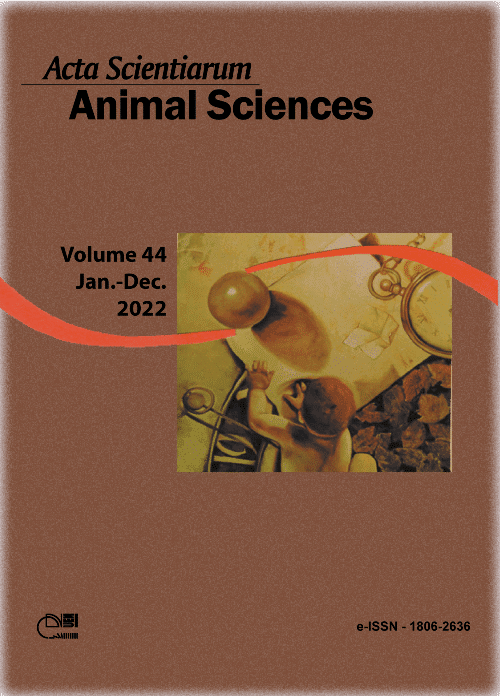
Scientific Reports, Volume 12, Article number 8754 2022
Delphino, M., Joshi, R. & Alvarez, A.T.
Abstract
Disease outbreaks have been seen as the major threat to sustainable aquaculture worldwide. Injectable vaccines have been one of the few strategies available to control the diseases, however, the adoption of this technology globally is limited. Genetic selection for disease resistance has been proposed as the alternative strategy in livestock and aquaculture.
Economic analysis for such strategies is lacking and this study assesses the economic worth of using tilapia fingerlings resistant to Streptococcosis in both cage and pond production systems. The paper also assesses the profitability of paying the higher price for such fingerlings. Partial-budgeting was used to develop a stochastic simulation model that considers the benefits and costs associated with the adoption of tilapia fingerlings resistant to Streptococcosis at the farm level, in one production cycle.
In both ponds and cage production systems, the use of genetically selected Streptococcus resistant tilapia fingerlings was found to be profitable where Streptococcus infection is prevalent. In the cages and ponds where Streptococcus related mortality was ≥ 10%, the Nile tilapia aquaculture was found to be profitable even if the amount paid for genetically selected Streptococcus resistant tilapia fingerlings was 100% higher than the amount paid for standard fingerlings.



